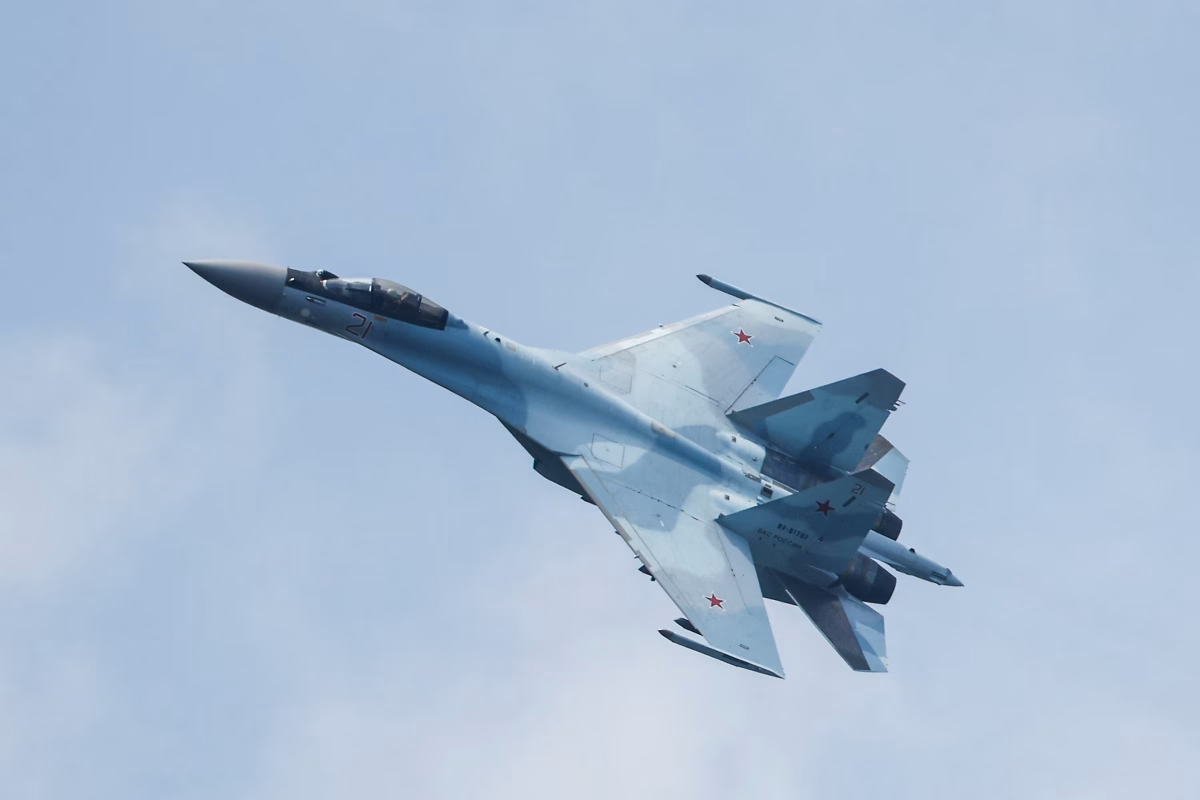In recent weeks, Russian military aircraft have repeatedly breached the airspace of several NATO member states, triggering alarm across Europe and North America. These incursions, involving both fighter jets and drones, have been described by officials as “deliberate provocations” that risk escalating into direct conflict.
Estonia reported one of the most serious incidents on September 19, when three Russian MiG-31 jets entered its airspace over the Gulf of Finland for approximately 12 minutes. Italian F-35s, supported by Swedish and Finnish aircraft, intercepted the jets as part of NATO’s Baltic Air Policing mission. Estonia’s Foreign Minister Margus Tsahkna condemned the violation as “unprecedentedly brazen,” accusing Moscow of probing NATO’s defenses.
Poland faced a separate threat earlier this month when roughly 20 Russian drones crossed into its territory. Several were shot down by NATO aircraft, and Warsaw responded by invoking Article 4 of the NATO treaty, calling for emergency meetings. Romania would later also confirm its recent airspace breaches as well, showing that there was a pattern of increased Russian military activity along NATO’s eastern flank.
Norway, which had not experienced a Russian airspace violation in over a decade, reported three separate incidents in 2025. On April 25, a Russian Su-24 fighter jet entered Norwegian airspace northeast of Vardø for four minutes. A second violation occurred on July 24, involving a Russian L-410 Turbolet over Finnmark. The third, on August 18, saw a Su-33 fighter briefly cross into Norwegian territory. Prime Minister Jonas Gahr Støre described the incidents as “serious,” noting that even brief incursions in remote areas should be accounted for.
Across the Atlantic, the United States has seen increased Russian flybys near Alaska. On September 24, NORAD (short form of North American Aerospace Defense Command) intercepted two Tu-95 bombers and two Su-35 fighters operating within the Alaskan Air Defense Identification Zone. While the aircraft remained in international airspace, U.S. officials noted the growing frequency of such encounters and the need for alertness.
Meanwhile, the United Kingdom confronted a maritime violation when two Russian naval units, frigate RFN Neustrashimy (“Неустрашимый” in Russian) and cargo ship Sparta IV, entered UK waters between September 20 and 23. The British Royal Navy deployed HMS Iron Duke and a Wildcat helicopter to shadow the ships through the North Sea and English Channel. This marked the 18th such operation in the past year, with British forces monitoring 25 Russian vessels during that time.
The current wave of violations brings us back to a dramatic 2015 incident, when Turkey shot down a Russian Su-24 near the Syrian border. The Russian fighter jet was shot down in 17 seconds with air-to-air missiles, killing the pilot in the process. Turkey claimed the jet had violated its airspace despite repeated warnings. Russia denied the incursion and responded with economic sanctions and diplomatic retaliation.
NATO leaders are still figuring out ways to respond. President Donald Trump stated at the UN summit that member states should “shoot down Russian planes” if they violate sovereign airspace. Several European leaders are supporting this idea, claiming that deterrence would be needed to prevent further aggression.
As tensions rise, NATO countries are reinforcing their air patrols and reviewing engagement protocols. Will there be a cessation of hostilities, or will there be even more deceitful acts of war?





































